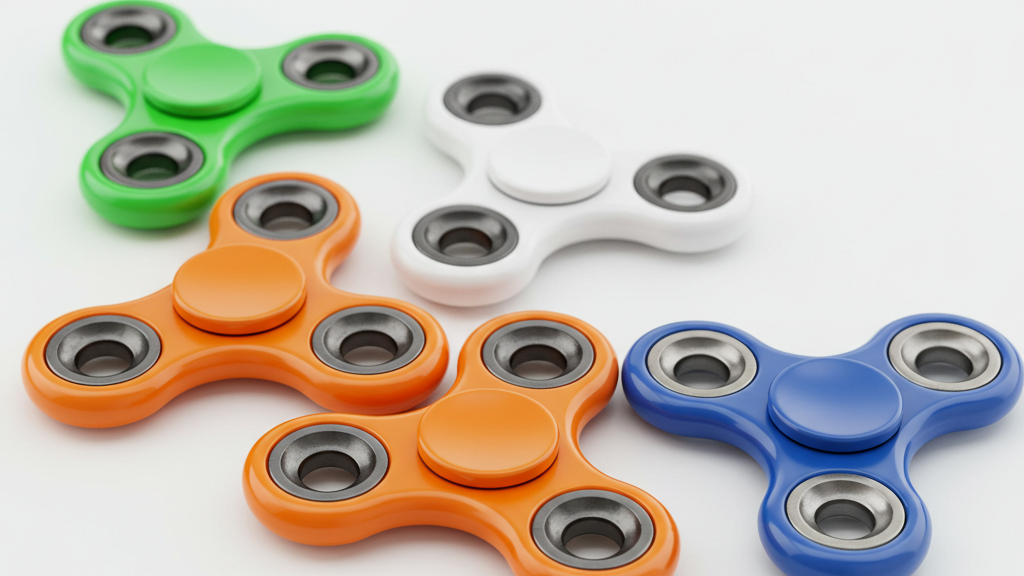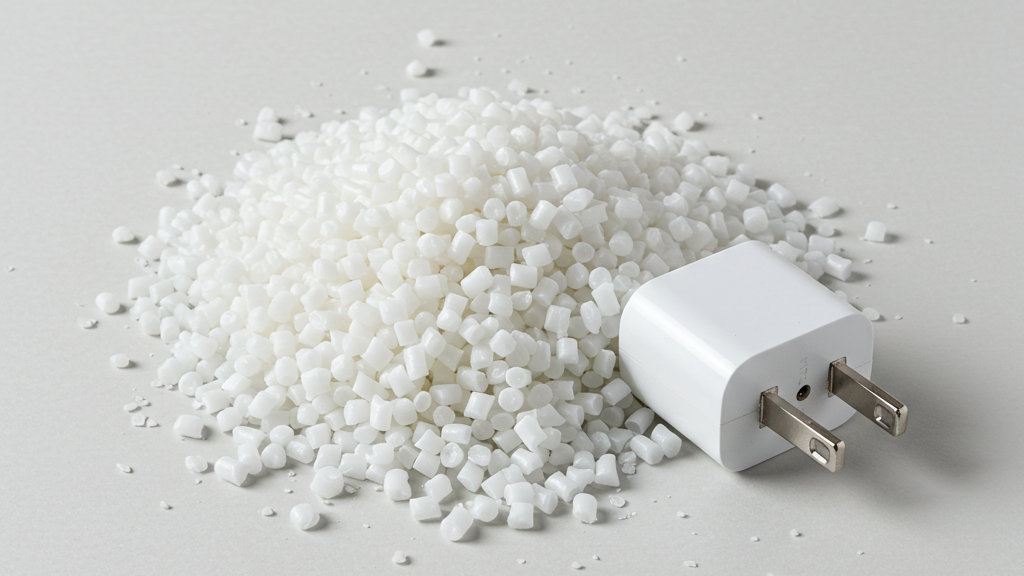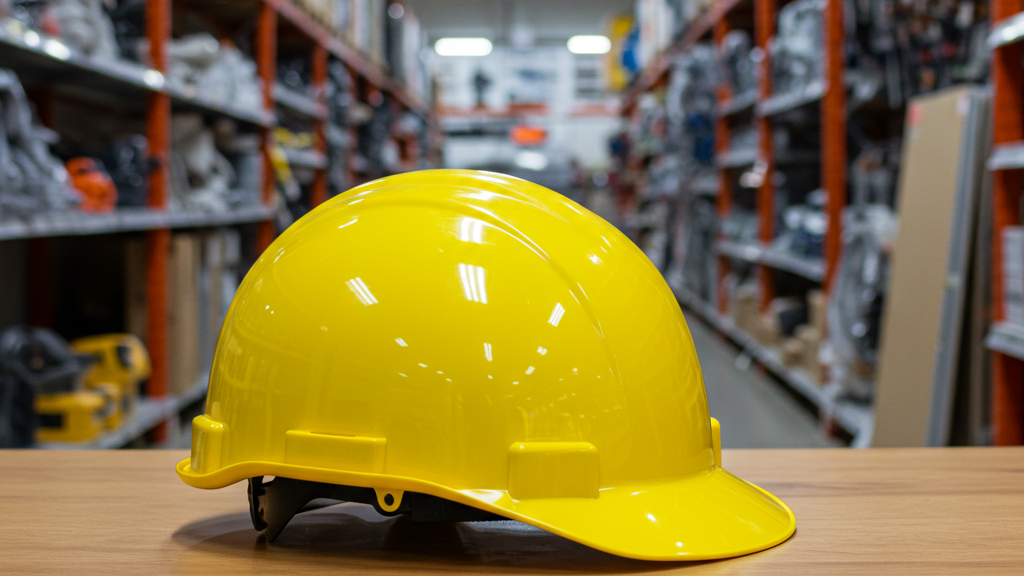
Injection-grade ABS materials are widely used in industrial manufacturing because of their excellent comprehensive properties. Its combination of strength, toughness, and ease of processing makes it the preferred choice for many product manufacturing.
ABS material is everywhere. Next, we will delve into the specific applications of ABS materials in these industries and how to choose the right material according to product needs.
How does ABS structure affect performance?

The structure of ABS, especially its phase separation structure and monomer ratio, has a significant impact on its performance. By adjusting the structure of ABS, materials with different properties can be obtained to meet the needs of various applications.
- Composition of ABS: ABS is composed of acrylonitrile, butadiene and styrene three monomers copolymerized, each monomer gives the material different properties.
- The relationship between structure and performance: the phase separation structure and monomer ratio of ABS determine its comprehensive properties such as impact resistance, rigidity, and heat resistance.
- Performance characteristics: ABS has excellent impact resistance, rigidity and easy processing, making it widely used in many industries.
In which industries is ABS performance applied?

ABS material has been widely used in many industries due to its excellent comprehensive properties. Covers almost every aspect of our daily lives.
- Automotive industry: ABS materials are widely used in automotive interior and exterior parts due to their impact resistance and heat resistance.
- Household appliance industry: ABS material has become a common choice for household appliance shells and parts because of its ease of processing and aesthetics.
- Electrical and electronic industry: ABS material is widely used in the shell and components of electronic equipment due to its good insulation and flame retardancy.
- Building materials industry: The corrosion resistance and easy processing of ABS materials make it suitable for applications in the field of building materials such as pipes and sanitary ware.
What are the advantages and disadvantages of ABS and other plastics?

ABS is an engineering plastic with good comprehensive properties, which has advantages in terms of cost, processability and comprehensive performance. However, when it comes to weathering, heat resistance, and high-strength applications, other plastics may be more suitable.
- Compared to polycarbonate (PC): ABS is superior to PC in cost and ease of processing, but inferior to PC in impact resistance and heat resistance.
- Compared to polypropylene (PP): ABS is superior to PP in rigidity and impact resistance, but inferior to PP in cost and chemical resistance.
- Compared to polystyrene (PS): ABS is far superior to PS in impact resistance and toughness, but inferior to PS in cost and processing fluidity.
Performance Comparison and Application Guide for Engineering Plastics
|
The name of the material |
merit |
shortcoming |
Typical Applications |
| ABS (Acrylonitrile-Butadiene-Styrene) | Good comprehensive performance, good impact resistance, easy processing, low cost | Poor weather resistance, limited heat resistance, and poor flame retardancy | Car interiors, household appliance shells, electronic equipment shells, toys |
| PC (Polycarbonate) | Strong impact resistance, good heat resistance, and high transparency | The cost is higher, the scratch resistance is poor, and the chemical resistance is average | Automotive lights, hard hats, optical lenses, electronics housings |
| PP (Polypropylene) | Low cost, good chemical resistance, good fatigue resistance | The rigidity and hardness are low, the impact resistance is average, and the surface gloss is average | Car bumpers, home appliance parts, packaging materials, toys |
| PA (Nylon) | High strength, good abrasion resistance, good chemical resistance | It has strong water absorption, poor dimensional stability, and limited heat resistance | Auto parts, gears, bearings, electronic equipment parts |
Choose the right ABS material
ABS is a versatile thermoplastic that combines rigidity, toughness, and ease of processing. It is composed of three monomers copolymerized, giving the material a unique combination of properties, making it widely used in automobiles, home appliances, electronics and other fields.
1.Product application environment: According to the use temperature, humidity, chemical environment and ultraviolet radiation of the product, select the corresponding ABS material.
2.Product performance requirements: according to the requirements of impact resistance, rigidity, surface gloss, flame retardancy and electrical properties of the product, select the appropriate ABS material.
3.Processability: According to the structural complexity and processing requirements of the product, select ABS materials with good fluidity, thermal stability and colorability.
4.Cost: On the premise of meeting the performance requirements of the product, choose ABS materials with lower cost.
conclusion
ABS material is widely used in many industries because of its excellent comprehensive properties. The selection of appropriate ABS materials needs to comprehensively consider the application environment, performance requirements and processing performance of the product. With the development of technology, modified ABS materials will further expand their application fields.
For expert assistance in implementing for your production needs, visit our resource center or contact us. Let’s help you scale up your manufacturing with precision and efficiency!
Post time: Mar-12-2025
